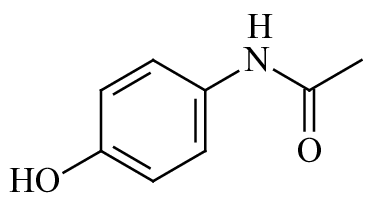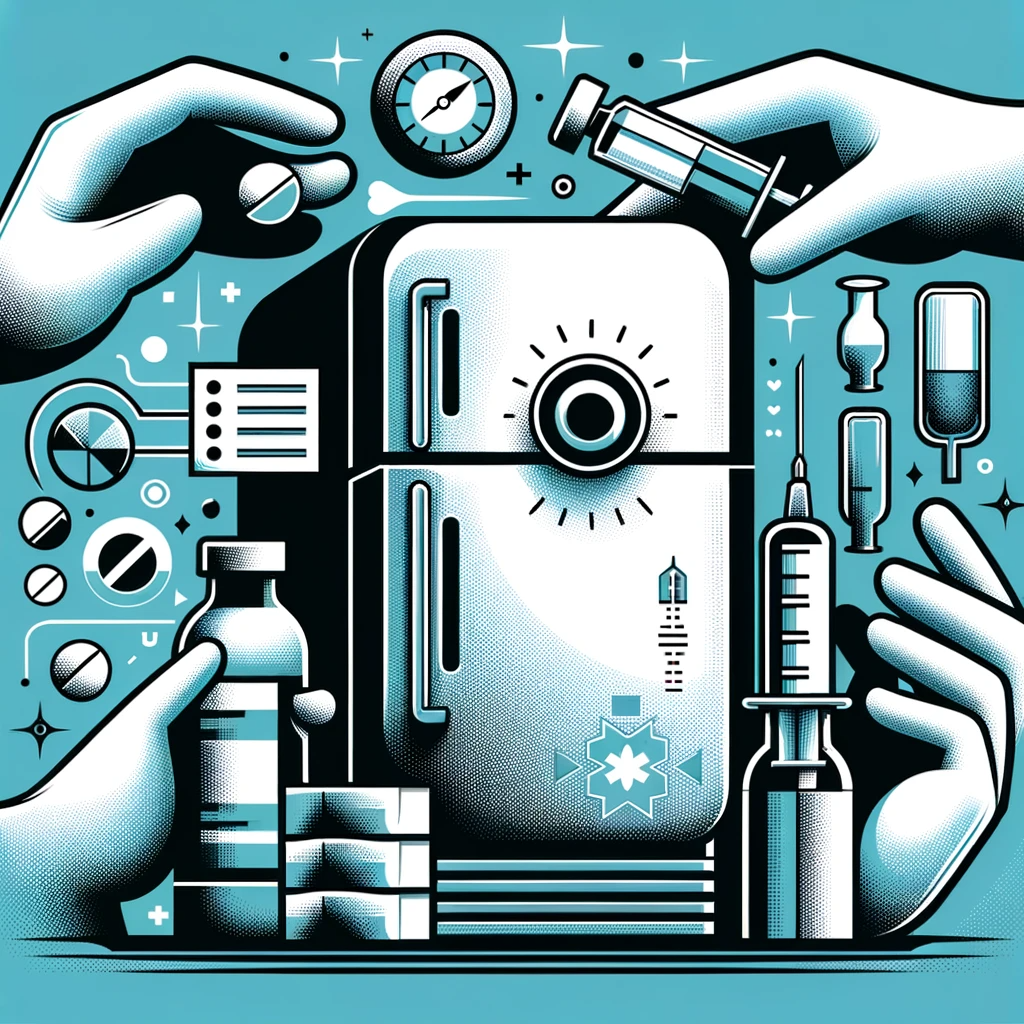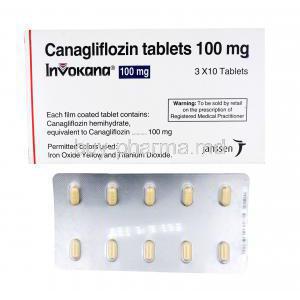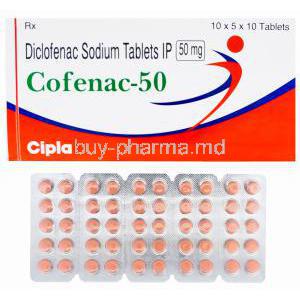Panadol Regular
- Introduction to Paracetamol
- Composition of Paracetamol
- Uses of Paracetamol
- How Paracetamol Works
- Dosage and Administration
- Side Effects of Paracetamol
- Interactions with Other Medications
- Contraindications and Warnings
- Special Precautions in Administration
- Handling Overdosage of Paracetamol
- Storage and Handling Precautions
- Careful Administration: Special Considerations
Introduction to Paracetamol
Paracetamol1, recognized for its pain-relieving and fever-reducing properties, holds a place in readily available medications. This used drug, first found in the late 1800s, has become a go-to option for treating mild to moderate pain and fever. Its extensive usage highlights its position in contemporary medical treatments.

Overview of Paracetamol as a Medication
Paracetamol, also called acetaminophen, is highly regarded for its ability to relieve pain and lower body temperature. Unlike anti-inflammatory drugs (NSAIDs), it has a limited impact on inflammation, making it a favored choice for patients who cannot take NSAIDs due to contraindications.
Brief History and Development
Paracetamol was initially developed in the 1800s and gained recognition for its pain-relieving properties during the mid-20th century. Its introduction addressed a need in pain management, especially for individuals searching for a milder option compared to aspirin.
General Popularity and Usage Statistics
The use of Paracetamol has increased across the world making it one of the popular medications, in widespread usage. It is believed that a substantial number of people rely on Paracetamol at once every year.
Composition of Paracetamol
The composition of Paracetamol showcases the complexities of chemistry. While its molecular structure is straightforward, it proves to be effective in its effects.
Chemical Structure and Properties
Paracetamol consists of a benzene ring with a hydroxyl and an amide group responsible for its pain-relieving and fever-reducing properties. It is worth mentioning that paracetamols' ability to dissolve in water and its high melting point are notable characteristics.

Formulations Available
Types of medication:
- Tablets: They're commonly used and come in different strengths.
- Liquid: This form is preferred for children and older adults.
- Suppositories: These are an option for patients with difficulty taking medication orally.
Uses of Paracetamol
Paracetamol1 has a range of therapeutic uses, including relieving pain and managing fever, and it also has some less traditional applications.
Pain Relief: Types of Pain Treated
Paracetamol is effective in reducing types of pain ranging from headaches to the discomfort caused by osteoarthritis. Although the exact way it works is not fully understood, it is believed to involve the inhibition of prostaglandin synthesis.
Fever Reduction: Mechanism in Temperature Control
Paracetamol, when used in fever management, works by affecting the hypothalamus. It helps to stimulate sweating and widen blood vessels, which aids in releasing heat from the body. This effect highlights its usefulness in conditions characterized by a fever.
Off-Label Uses: Exploring Less Common Applications
In addition to its uses, Paracetamol is also utilized to improve sleep and, as a part of combination treatments, for more complicated pain conditions.
How Paracetamol Works
The effectiveness of Paracetamol in alleviating pain and reducing fever stems from its way of working. Unlike medications, Paracetamol interacts in a particular manner with the body's biochemical processes.
Mechanism of Action in the Body
Paracetamol is thought to work in the central nervous system to provide therapeutic benefits. It hinders the function of cyclooxygenase (COX) enzymes, which produce prostaglandins – substances linked to pain and fever. However, unlike NSAIDs, Paracetamol has a minimal impact on COX enzymes in peripheral tissues, lowering the likelihood of gastrointestinal side effects.
Comparison with Other Pain Relievers
When compared to pain relievers such as ibuprofen and aspirin, Paracetamol is notable for its reduced likelihood of causing irritation or bleeding in the gastrointestinal tract. However, it does not possess the anti-inflammatory qualities typically associated with NSAIDs, making it less effective for inflammation-related conditions.
Dosage and Administration
To ensure Paracetamol's effectiveness while minimizing risks, following the recommended dosage guidelines2 the administration provides is essential.
Standard Dosage Guidelines for Different Age Groups
- The recommended dosage for adults is between 500 mg and 1 g, taken every 4 to 6 hours.
- Regarding children, the dosage is usually determined based on weight, with a guideline suggesting 10 to 15 mg per kilogram.
Methods of Administration
Paracetamol comes in formats to accommodate patients' varying requirements and preferences, such as oral tablets, liquid suspensions, and rectal suppositories.
Adjusting Dosage for Specific Conditions
Individuals with conditions such as liver dysfunction require attention, as it is crucial to reduce the dosage to prevent any harm to the liver.
Side Effects of Paracetamol
Although Paracetamol is generally safe to use, it is essential to be aware of its side effects3 to use it safely.

Common Side Effects and Their Frequencies
Nausea and vomiting, although not common, are known to occur as side effects. Additionally, some people may experience dizziness or a mild rash as more favorable reactions.
Serious Side Effects and Warning Signs
Immediate medical attention is necessary for adverse effects, such as severe skin reactions like Stevens-Johnson syndrome or liver damage. Indications of liver toxicity encompass jaundice, dark urine, and persistent feelings of nausea.
Long-Term Usage Risks
Extended or excessive usage of Paracetamol can potentially result in harm or failure of the liver. Following the recommended dosage instructions and seeking guidance from healthcare experts for prolonged treatment is crucial.
Interactions with Other Medications
When using Paracetamol with other substances, it is essential to have a thorough understanding of how they interact to prevent any adverse effects and improve the effectiveness of the treatment.

Known Drug Interactions
- Warfarin: Paracetamol has the potential to enhance the effects of warfarin, which can increase the chances of bleeding.
- Antiepileptic drugs: Some specific medications used for seizures can speed up the breakdown of Paracetamol in the body, which may reduce its effectiveness.
Alcohol and Paracetamol: Risks and Recommendations
Drinking alcohol while taking Paracetamol can make liver damage worse. It's highly recommended to avoid alcohol consumption when using Paracetamol, especially if you already have a liver condition.
Interaction with Dietary Supplements
Some supplements, including St. Johns Wort or Ginkgo Biloba, could potentially affect how Paracetamol is metabolized and how effective it is.
Contraindications and Warnings
Although Paracetamol is commonly used, there are situations where one should exercise caution or even avoid it altogether to prevent any potentially harmful reactions.

Medical Conditions Where Paracetamol is Not Recommended
- Liver disease: Paracetamol should not be used in patients with liver problems because the liver processes it.
- Severe kidney disease: Patients with kidney issues may need to adjust the dosage or consider using different medications.
Allergy and Hypersensitivity to Paracetamol
People who have a documented hypersensitivity to Paracetamol should refrain from using it as it has the potential to cause allergic reactions, such as anaphylaxis.
Special Precautions in Administration
Certain groups of people need dosage and close monitoring when using Paracetamol.
Elderly Patients: Adjusted Dosage and Monitoring
Due to the chances of liver and kidney problems, it is advisable to lower the medication doses and closely monitor for any adverse side effects in older patients.

Pregnancy and Breastfeeding: Safety and Guidelines
Paracetamol is commonly regarded as safe to use while breastfeeding. It is advisable to take it in an adequate amount for the shortest period.

Pediatric Use: Dosage and Safety Measures
It's essential to consider a child's body weight when determining the dosage. Using medications specifically formulated for use is necessary to ensure accurate dosing and reduce the chances of accidental overdose.

Handling Overdosage of Paracetamol
Overdosing on Paracetamol, whether it is accidental or intentional, necessitates immediate identification and intervention to minimize health hazards.

Recognizing Symptoms of Overdose
If you experience symptoms like feeling sick, throwing up, not feeling hungry, or having stomach pain, it could be a sign of taking too much. Taking an amount can cause your liver to stop working correctly, which can be identified by having yellow skin and eyes, feeling confused, and not being fully aware of your surroundings.
Immediate Steps and Medical Interventions
Getting help right away is essential if there's an overdose. The treatment might include giving activated charcoal and N acetylcysteine through an IV. This antidote helps counteract the impact it has on the liver.
Long-Term Health Implications
The long-term consequences of an overdose can lead to harm to the liver. Monitoring and conducting tests to evaluate the liver's function and effectively address any lasting impacts may be crucial.
Storage and Handling Precautions
It is crucial to store and dispose of Paracetamol correctly to maintain its effectiveness and avoid misuse.

Proper Storage Conditions
It's essential to store Paracetamol in a dry location, away from exposure to light or moisture. Ensuring it is kept out of children's reach is crucial to avoid any consumption.
Handling and Disposal of Expired or Unused Medication
It's essential to dispose of expired or unused Paracetamol correctly. I recommend using take-back programs or following the guidelines for getting rid of medications.
Careful Administration: Special Considerations
To ensure safety and effectiveness, extra care must be taken when administering Paracetamol to populations and under certain conditions.
Liver Function and Paracetamol
Patients who have liver function issues may need to have their dosage adjusted or consider treatments. This is because Paracetamol is broken down in the liver, which can worsen existing liver conditions.
Chronic Conditions and Regular Use
For conditions like arthritis, where Paracetamol may be required regularly, it is essential to closely monitor the dosage and frequency to prevent the possibility of accidental overdose.
Monitoring and Consultation with Healthcare Providers
It is recommended for patients who are taking Paracetamol for a time to have regular checkups with their healthcare providers. This helps manage pain and monitor for any possible adverse effects.

























